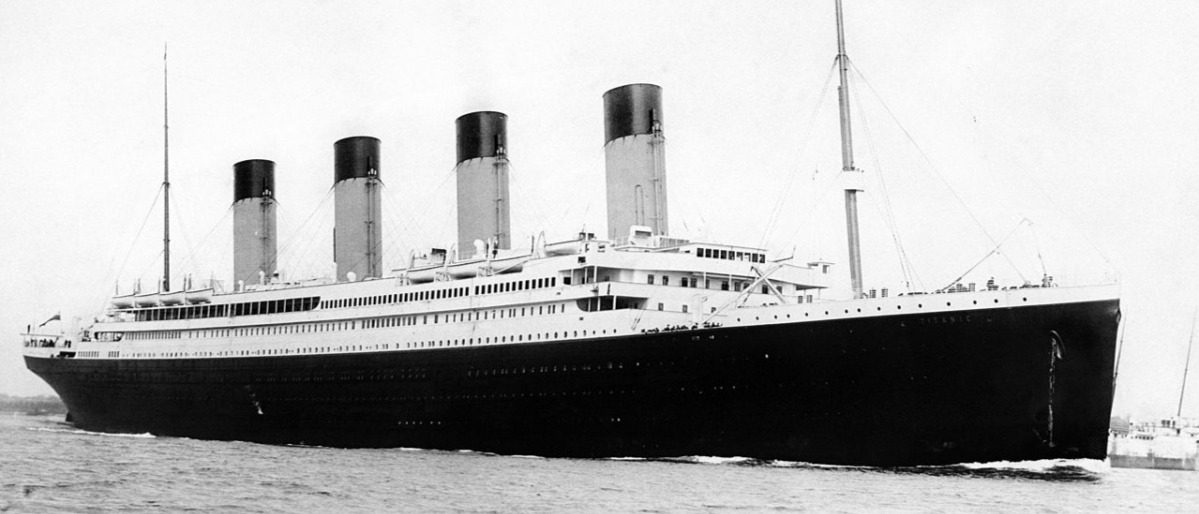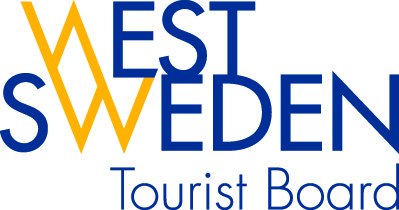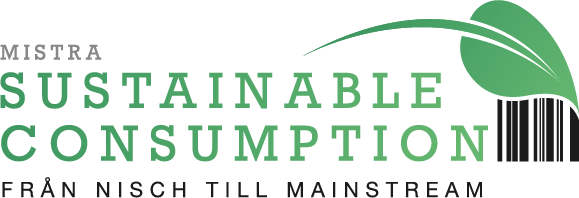
Technological factors
During the last century innovations of different kinds have had a big influence on how we travel and to what extent. Often these are innovations that weren’t initially developed for tourism, but which have revolutionised its growth. An article by the Danish researcher Anne-Mette Hjalager in 2015 listed the hundred most important innovations for the tourist industry throughout the ages (Hjalager, 2015). The innovations were categorised according to how they changed the industry in seven categories (many of the innovations fall into several categories): (1) Changing the tourist experience, (2) Increasing the social and physical efficacy of the tourist, (3) Increasing productivity and efficacy in tourism businesses, (4) Creating new destinations, (5) Increasing mobility, (6) Altering the way information is spread and (7) Changing how the market functions, and power relationships.
One category of technological innovations is transport modes, which have revolutionised individual mobility. We talk nowadays about the hypermobility of the modern world, with a long line of innovations, from ocean steamers at the beginning of the 1800s, via air travel at the start of the 1900s to the Schengen agreement, the deregulation of the aviation industry, GPS and online booking systems. The latter is an innovation that has changed the tourism industry in all categories, from a changed tourist experience (which can be personally customised by the consumer) to increased mobility and more power to the tourist. Several communications based innovations have helped with the spread of information and created sales channels which are extremely important for the growth of tourism; from the telegraph in the middle of the 1800s via the telephone, to computers and the internet. Other technologies which enhance the tourist experience have also come into play recently, like augmented reality (AR) and virtual reality (VR).
Innovations (technological or otherwise) have made travelling less physical, sociable, cognitively challenging and stressful during the last century. Greater opportunities for the control and predictability of the tourist experience, as in the emergence of the package holiday, increase demand.
Sources
Hjalager, A.-M. (2015). 100 innovations that transformed tourism. Journal of Travel Research, 54(1), 3-21.
Wall, G., & Mathieson, A. (2006). Tourism: changes, impacts, and opportunities (2. ed.). Harlow, Eng. ; New York: Pearson Prentice Hall.










